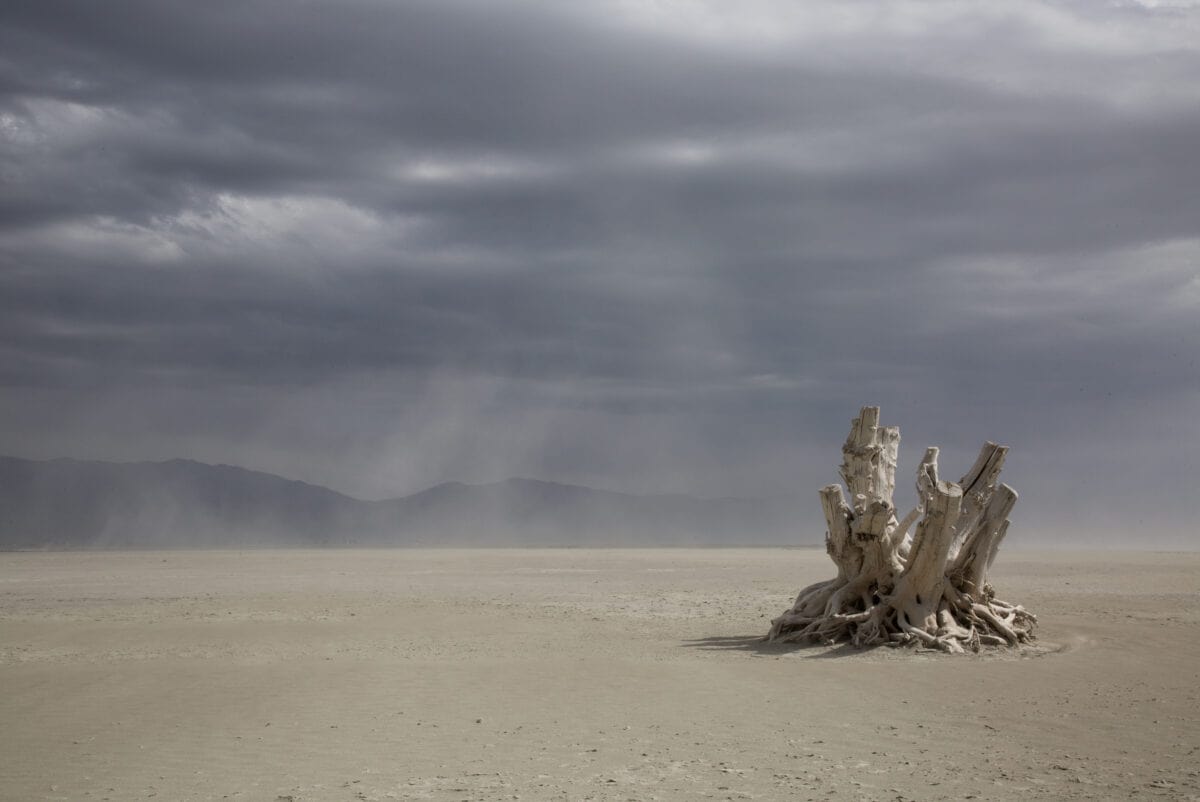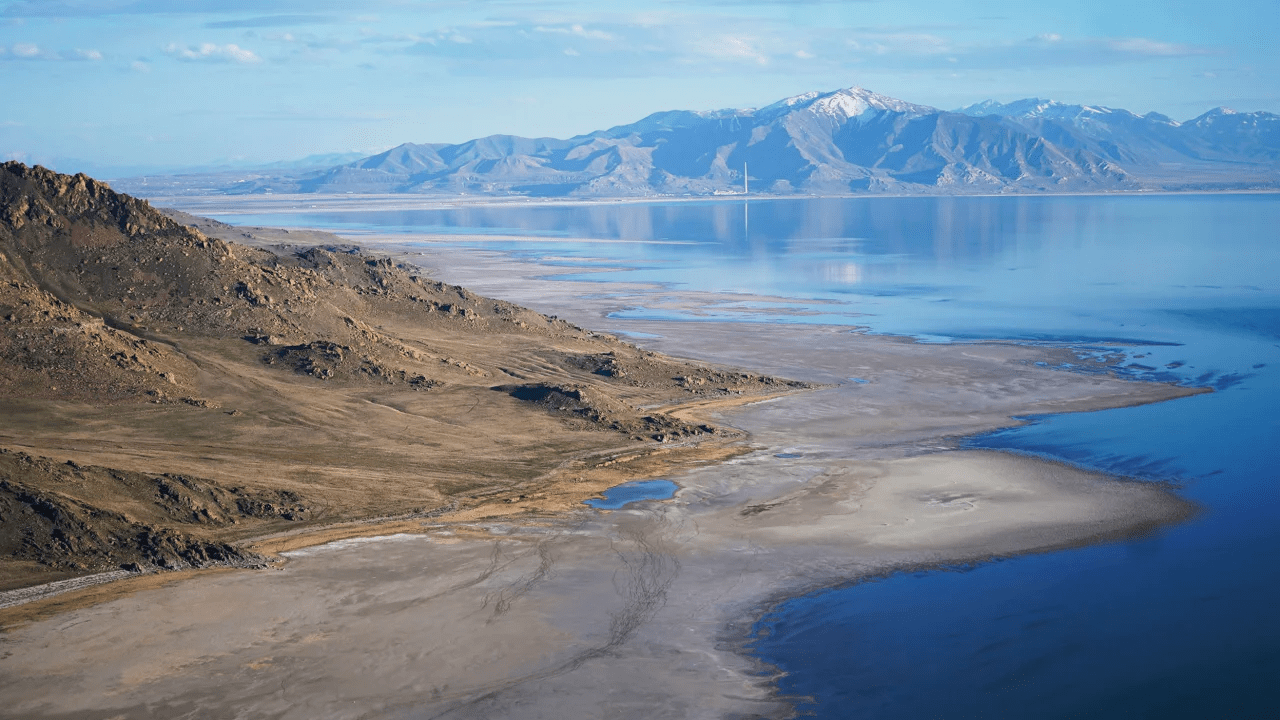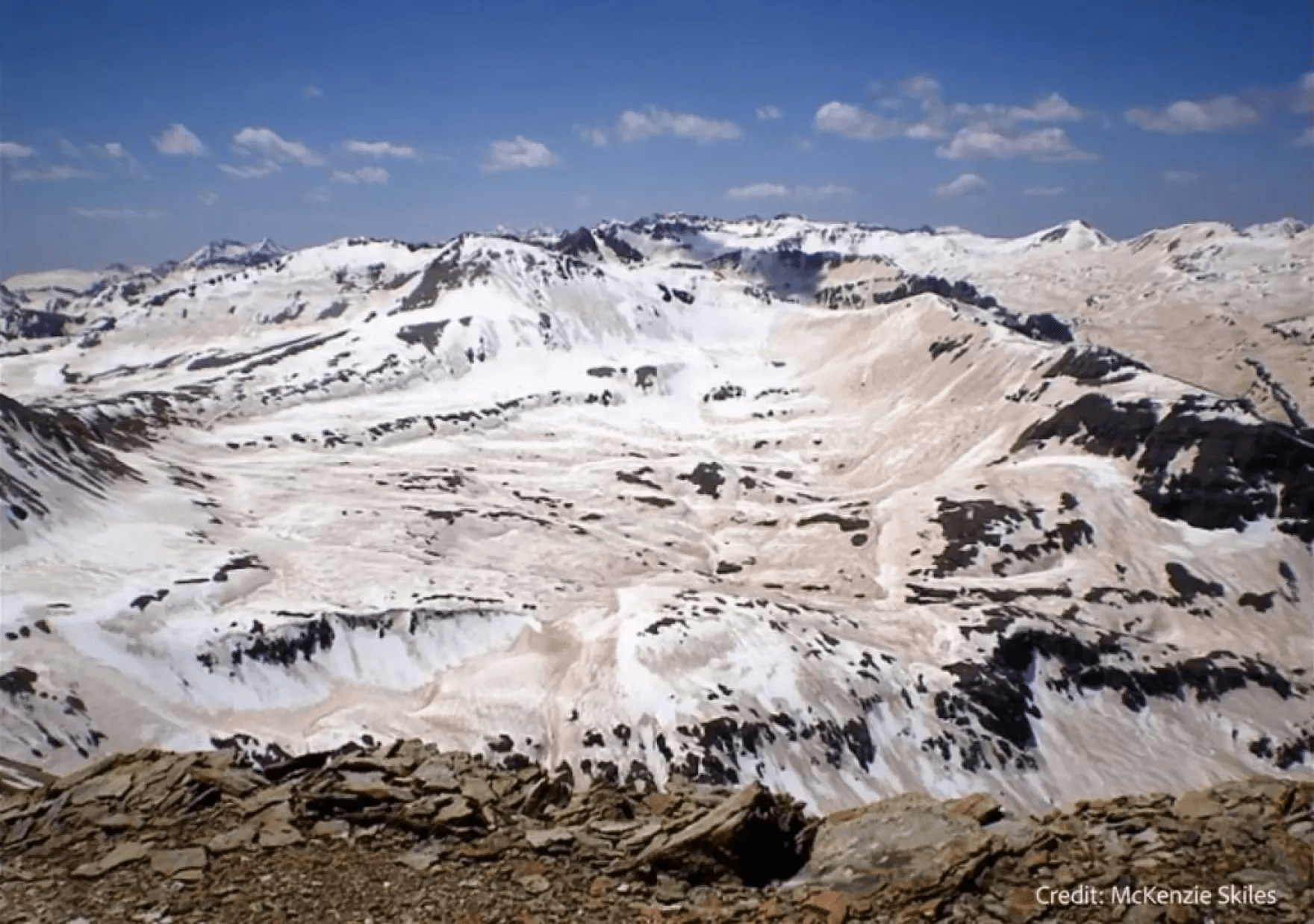
The Great Salt Lake and the effect it has on winter storms, commonly referred to as ‘Lake Effect’, is one of the biggest reasons that Utah is credited with the greatest snow on Earth. Lake effect occurs when a cold winter storm passes over a warm body of water and picks up water from the lake, causing an increase in the storm’s moisture content, which in turn means more snow. The Great Salt Lake is very saline, meaning surface freezing is extremely rare, making for the perfect opportunity for lake effect to boost Utah snow storm performances. The Great Salt Lake’s effect on storms, in combination with the cold and dry Utah desert is the main argument for why Utah claims the greatest snow on Earth.
Extreme drought in the state in recent history, coupled with many dry and warm winters, has caused a lot of damage to the Great Salt Lake. The historic 2022-2023 snow season has pulled most of the state out of drought, and has seen the lake rise more than four feet, but the lake still sits at dangerously low levels, after hitting its all time low in November of 2022. As the water line has receded, dry and dusty flatlands blanket large areas of land that were formerly underwater. As winds blow, this dust is picked up and blown into the air in the surrounding Salt Lake Valley and Wasatch Mountains, generating air quality issues and harming the longevity of the snowpack.
Researchers at the University of Utah, Lang et al., recently released a paper in the journal ‘Environmental Research Letters’ claiming that dust produced by the drying Great Salt Lake is causing Utah snow to melt faster then it ever has. The study claims that snow in the Wasatch Mountains was the dustiest it has ever been since researchers first started keeping track in 2009, and the snow melted more then 2 weeks earlier than a dustless snowpack would have.
The researchers explain that solar radiation — heat from the sun — has always been the primary driver of snowmelt. However, the dust carried from the West Desert and dry Great Salt Lake beds, coat the snow in the Wasatch Mountains, and absorb more heat than white snow does, causing snow to melt quicker. Snow would have been around for an estimated 17 days longer if it wasn’t so layered in dust.

The drying Great Salt Lake isn’t entirely to blame for the early departure of snow, as dust has always been a factor in snowmelt as winds pick up large amounts of dust in the West Desert and carry it all the way to the mountains. These winds from the West Desert are estimated to be responsible for half of the dust deposited in the snowpack, while a quarter of the dust is a result of the drying Great Salt Lake. The remaining quarter is from other deserts and dry lake beds in the Western United States. While it is typical to see dust accelerating the melt of Utah’s snowpack, the Great Salt Lake contributed much more than what is seen in an average year of snowmelt.
Early snowmelt is harmful to the ski industry and local economy because it can shorten the season by more than 2 weeks, like we saw in 2022. Rapid snowmelt is also a risk to local water infrastructure because it is not designed to efficiently handle quick snowmelts.
This research is paramount in context with the future of snow in Utah, as current snowmelt forecasting tools don’t take into account how the dust may effect snowmelt and runoff, meaning these forecasts may come to be more inaccurate as dust storms become more common in the region. Skewed forecasting models as a result of dust could mean chaos for the health of the local economy, inhabitants, and ecosystem.
Although the Great Salt Lake is making somewhat of a comeback after a winter of historic snowfall, this season’s runoff will not be enough to bring the lake back to healthy levels, meaning next winter’s snowpack is vulnerable to an early melt like it was this year, because Great Salt Lake dust isn’t going anywhere. This research further reveals how the Great Salt Lake effects the health of the Utah environment and as a result, should be making the preservation of the lake an even bigger concern for local lawmakers.

One thought on “Dust Produced by the Shrinking Great Salt Lake is Harming the Utah Snowpack”